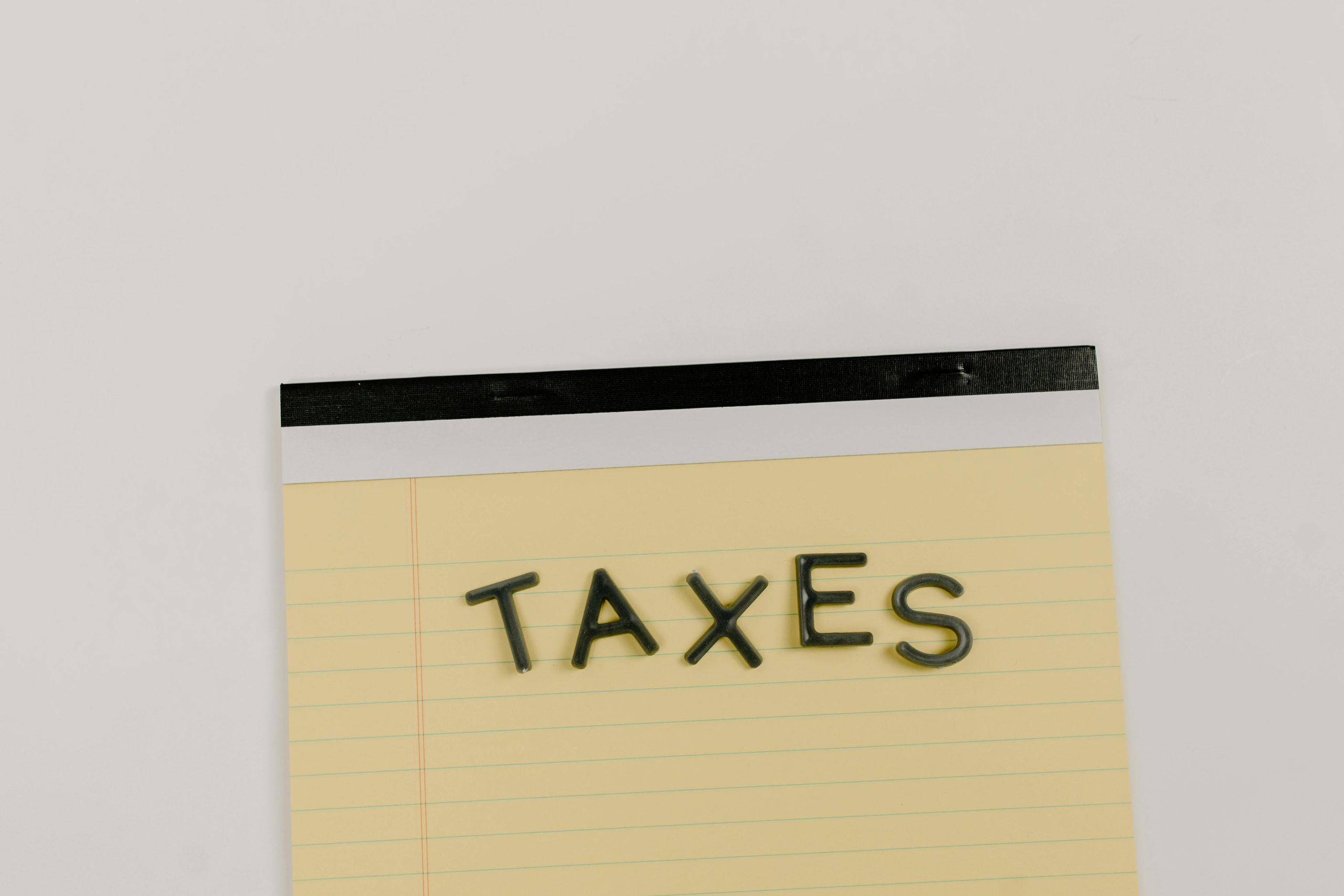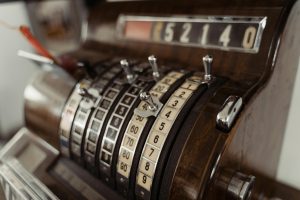Beyond the Price Tag: Calculating the True Cost of Ownership
The price tag on an item may seem like the only cost associated with owning it. However, when it comes to bigger purchases, such as a car or a house, there are often hidden costs that go beyond the initial price tag. These additional expenses can add up over time, and it’s important for consumers to be aware of them when making a purchase. In this article, we will explore the concept of true cost of ownership and how it can affect your financial decisions.
What is True Cost of Ownership?
True cost of ownership refers to the total cost of owning and maintaining a product or asset over its lifespan. This includes all expenses, such as insurance, maintenance, repairs, and even the cost of disposing the item when it’s no longer usable. It takes into account not just the upfront cost, but also the ongoing expenses associated with owning the item.
For example, if you purchase a car, the true cost of ownership would include the initial purchase price, as well as the cost of insurance, gas, maintenance, and repairs over the years that you own it. It’s important to understand the true cost of ownership before making a big purchase, as it can significantly impact your finances in the long run.
Calculating the True Cost of Ownership
Calculating the true cost of ownership can be a tedious task, but it’s essential to make an accurate assessment. Here are some factors to consider when calculating the true cost of ownership:
Initial Purchase Price
This is the starting point for calculating the true cost of ownership. It includes the price of the item, any taxes, and any additional fees associated with the purchase.
Ongoing Expenses
This includes all the expenses that are necessary to keep the item functioning. For a car, this would include insurance, gas, and regular maintenance like oil changes and tire rotations. For a house, it would include property taxes, utility bills, and maintenance costs.
Depreciation
Over time, the value of an item decreases due to wear and tear. This is known as depreciation. When calculating the true cost of ownership, it’s important to factor in the depreciation value of the item, as it will give you a more accurate understanding of its overall cost.
Resale Value
If you plan on selling the item in the future, it’s essential to consider its resale value. This will give you an idea of how much you can recoup when you decide to get rid of the item.
The Importance of Considering True Cost of Ownership
So why is it crucial to consider the true cost of ownership? Here are a few reasons why:
Making Informed Financial Decisions
Knowing the true cost of ownership can help you make more informed financial decisions. You may realize that the item you’re considering buying has a much higher cost associated with it than what you initially thought. This can help you decide whether it’s a wise investment or if you should look for a more affordable alternative.
Budgeting Effectively
Factoring in the true cost of ownership allows you to budget more accurately. You may find that you need to allocate more funds for maintenance and repairs, which can help you avoid unexpected financial strains in the future.
Understanding Long-Term Costs
When you only consider the initial price tag, you may not fully comprehend the long-term costs associated with the item. Knowing the true cost of ownership can give you a better understanding of the financial commitment you’re making and help you make a more informed decision.
In Conclusion
Beyond the price tag, there are several factors that go into the true cost of ownership. It’s important to consider all of these expenses before making a big purchase to ensure that you have a complete understanding of the financial commitment. By taking into account the true cost of ownership, you can make more informed decisions and budget effectively. So the next time you’re considering a big purchase, remember to look beyond the price tag and calculate the true cost of ownership.










